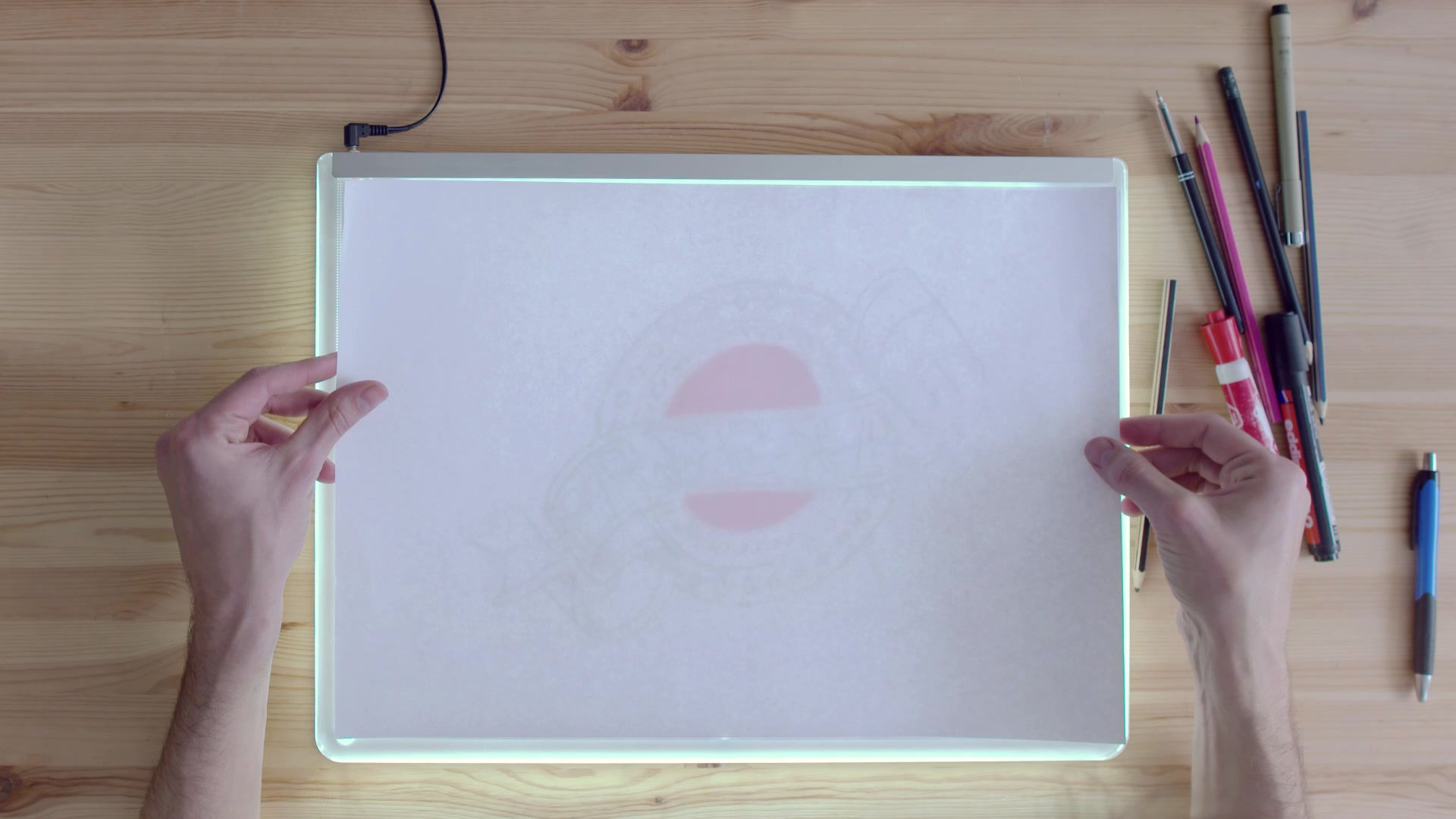
In a world where communication is vital for building relationships, it can be challenging for Deaf and hearing individuals to establish a serious relationship. Both parties have to overcome communication barriers to connect with each other effectively. One significant aspect of establishing a serious relationship is the willingness to learn and understand each other's languages. This article explores the challenges faced by Deaf and hearing individuals in relationships and provides tips on how to overcome communication barriers.
For Deaf and hearing individuals, building a serious relationship can be challenging. Effective communication is a crucial aspect of any relationship, and when one party is Deaf, it can create significant barriers. However, with a few tips, Deaf and hearing individuals can establish a strong, meaningful relationship that transcends communication barriers.
Learn American Sign Language (ASL)
Learning ASL is a vital step for hearing individuals seeking a serious relationship with a Deaf partner. ASL is the primary language used by the deaf community in the United States and Canada, and it is essential to learn it to communicate effectively with a Deaf partner.
One way to learn ASL is by taking classes from a professional ASL tutor. There are also many resources available online, such as videos and tutorials. Practice is essential to become proficient in ASL, so it's important to practice regularly with a Deaf partner or a professional tutor.
Ensure Inclusive Communication
It's crucial for both Deaf and hearing partners to ensure that they are not left out of conversations in public settings. Hearing partners can use gestures or write notes to help their Deaf partner understand what is being said. Patience is key when communicating with a Deaf partner, as they may need more time to process information and respond appropriately.
Similarly, Deaf partners should include hearing partners in conversations and social activities. If hearing partners do not understand ASL, deaf partners can use gestures or written notes to ensure they are included.
Get to Know Each Other
Deaf and hearing partners should take the time to get to know each other before their first introduction. One way to do this is through written communication, such as emails or texts. This allows both parties to become comfortable communicating with each other before learning ASL.
It's essential to establish a strong foundation of friendship before transitioning to a romantic relationship. This ensures that the relationship is built on trust and understanding.
Communication in Public Settings
Communication can be a significant challenge for Deaf individuals in public settings. In many situations, hearing individuals take for granted the ability to converse freely with others. However, for Deaf individuals, communication in public can be challenging, and they may feel left out.
To overcome this challenge, hearing partners need to ensure that they do not leave their Deaf partner out of conversations. They can do this by using gestures or writing notes to help them understand what is being said. It is also important to be patient and understanding when communicating with a Deaf partner. Remember, they may need more time to process information and respond appropriately.
Similarly, in Deaf communities, it is important to include hearing partners in conversations and social activities. Deaf individuals may use ASL to communicate with each other, but hearing partners may not be fluent in the language. Deaf partners can use gestures or written notes to ensure that their hearing partners are included in conversations.
Encourage and Support Each Other
It's important for both Deaf and hearing partners to encourage and support each other in the relationship. Hearing partners should support their Deaf partner's culture and be willing to learn more about it. Deaf partners should also understand that hearing partners may need time to learn and understand ASL.
Support and Understanding
When it comes to establishing a serious relationship, support and understanding are essential. Deaf and hearing partners need to be patient with each other and understand that communication barriers may exist. They need to work together to overcome these barriers and find ways to communicate effectively.
Hearing partners need to understand that being Deaf is not a disability, but a difference in communication. They should support their Deaf partner's culture and be willing to learn more about it. Deaf partners, on the other hand, should understand that hearing partners may not be proficient in ASL and may need time to learn and understand the language.
In Conclusion
Building a serious relationship between Deaf and hearing individuals takes effort and understanding. Learning ASL, ensuring inclusive communication, getting to know each other, and supporting each other are key components of a successful relationship. With these tips, Deaf and hearing individuals can build a strong, meaningful relationship that transcends communication barriers.























































Comments